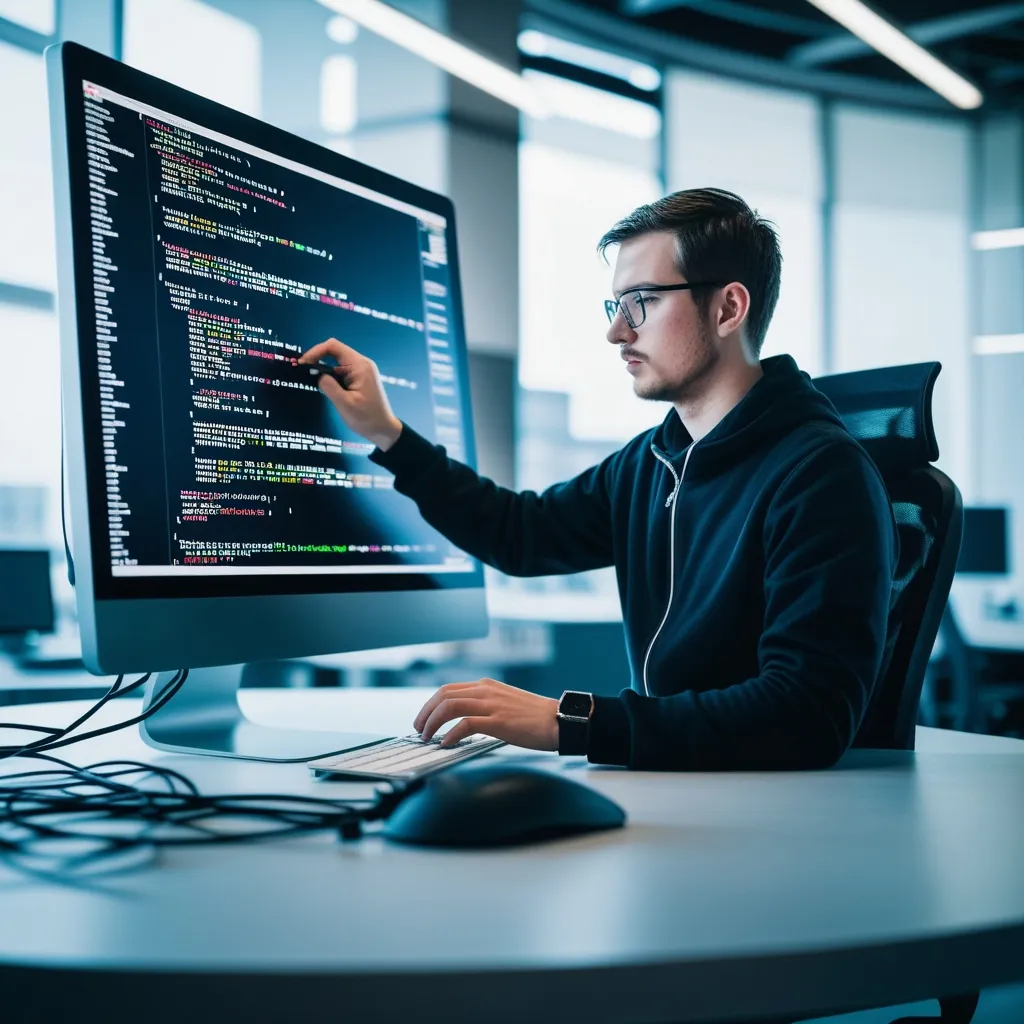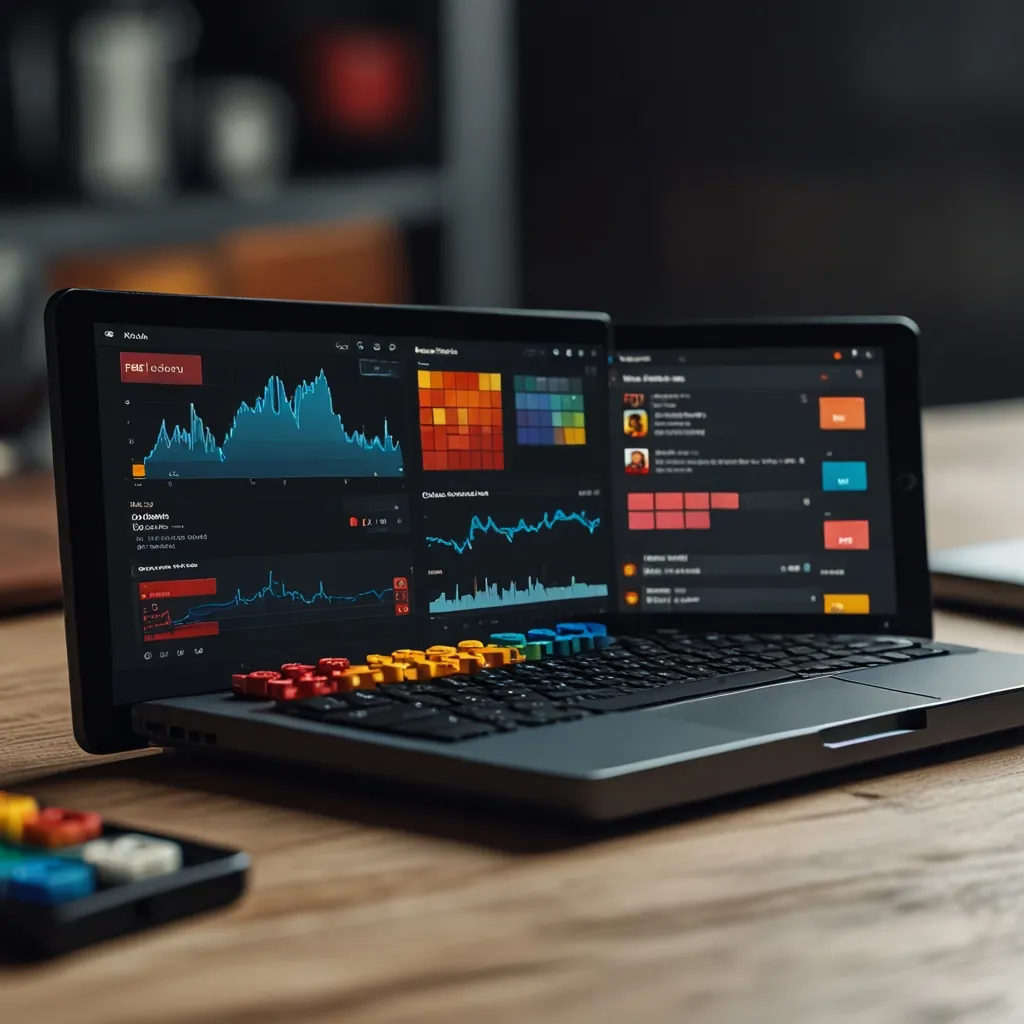GitHub Actions is pretty much like a secret weapon for developers. This tool has totally flipped the script on how software development workflows are managed, making the whole process of setting up continuous integration and deployment (CI/CD) way easier and less of a chore.
So, how does GitHub Actions do its magic? It lets you automate your build, test, and deployment pipeline with workflows. These workflows are crafted using YAML files. Think of them as a recipe where you outline a sequence of tasks that kick off whenever something happens, like code getting pushed or a pull request being opened. You could have a workflow that runs tests every time there’s a new pull request or even one that deploys your app whenever there’s a new release.
Each workflow is an automated process that includes one or more jobs, and each job runs inside its own virtual place called a runner. Runners can be hosted by GitHub or you can host them yourself. Inside these jobs are steps, which can run scripts or reusable pieces of code called actions. These pre-built actions handle specific tasks like setting up dependencies, running tests, or deploying to cloud services.
To get rolling with GitHub Actions, you create a YAML file in the .github/workflows directory of your repo. This file tells what the workflow and jobs will do. For example, you might have a workflow that clones your repo, installs dependencies, runs tests, builds, and then deploys your app. Each step gets executed in order, and if one step fails, the whole job usually fails too.
One of the coolest things about GitHub Actions is its flexibility and how well it plays with other GitHub tools. It supports every programming language, platform, and cloud provider you can think of. Whether you’re working on Linux, Windows, or macOS, or even dabbling with Docker for containerized testing, GitHub Actions has got you covered.
The community-driven nature of GitHub Actions is a something amazing. There are over 11,000 pre-built actions in the GitHub Marketplace, which you can use to pull your favorite tools right into your repo. You can leverage actions created by other devs to simplify your workflows, making it easier to set up CI/CD pipelines without starting from scratch.
To give a real-world example, suppose you’ve got a Node.js app you’re working on. You can set up a workflow to run tests every time a pull request is opened. It might look something like this: first, you clone your repo. Next, install the necessary dependencies using yarn install. Then, crank out yarn test to run your tests. If everything looks good, you can build and deploy your app. This kind of workflow makes sure your code is tested and verified before it merges into the main branch, reducing the risk of bugs hitting production.
Using GitHub Actions comes with some pretty sweet benefits. The simplicity of setting up CI/CD pipelines is a big deal. You don’t need to dedicate resources or manually configure webhooks and hardware. Plus, the seamless integration with other GitHub features, like Issues and PRs, allows you to automate workflows based on all sorts of events in your repo.
Another nice perk is the vast library of pre-built actions, thanks to that community-driven approach. You can easily automate tasks without reinventing the wheel. And of course, the flexibility of using GitHub Actions with any platform, language, and cloud provider means it can adapt to various project needs.
If you’re ready to jump in, getting started with GitHub Actions is pretty straightforward. Head over to your GitHub repo and click on the “Actions” tab. Create a new directory called .github/workflows and add a YAML file defining your workflow. In this file, outline the jobs and steps that will run when the workflow is triggered. Then, set up triggers like code pushes or pull requests. Once set, GitHub Actions will handle the rest, automating your build, test, and deployment processes.
Now, let’s talk about some advanced features. Beyond the basics, GitHub Actions offers things like environment secrets to securely store sensitive info and artifacts to keep files produced during a workflow run. These features let you tackle more complicated use cases and make sure your workflows are secure and efficient.
To wrap it up, GitHub Actions is a lifesaver for automating CI/CD workflows. It allows developers to focus more on writing code rather than getting bogged down with manual processes. With its flexibility, supportive community, and smooth integration with other GitHub tools, it’s an essential tool for streamlining the software development lifecycle. Whether you’re working on a small side project or a large enterprise app, GitHub Actions can help you automate from test runs to deployments, ensuring your code is consistently checked and verified before hitting production.






